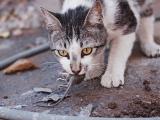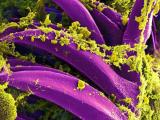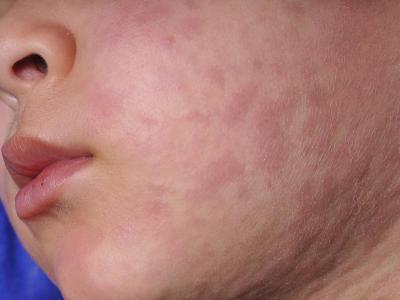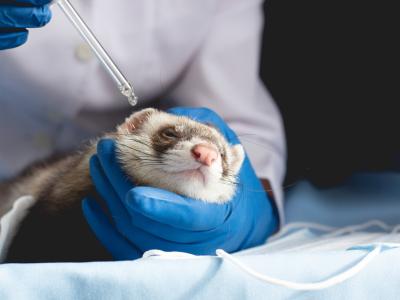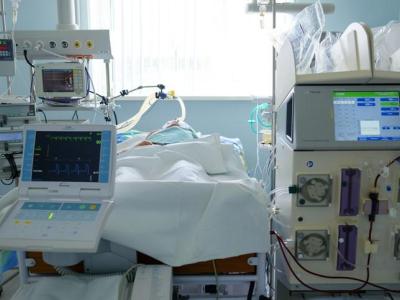Mar 25, 2004 (CIDRAP News) – An experimental plague vaccine completely protected mice that were bitten by fleas carrying the plague pathogen, in a study that reproduced the natural transmission pathway for bubonic plague, according to the National Institute of Allergy and Infectious Disease (NIAID).
Successful replication of the natural transmission route of bubonic plague through the bites of infected fleas means scientists can conduct more realistic tests of other experimental plague vaccines, the NIAID said in a news release yesterday.
The study was published in the April edition of Infection and Immunity, now available online. It was authored by B. Joseph Hinnebusch, PhD, and two colleagues at the NIAID laboratory in Hamilton, Mont., along with two collaborators at the US Army Medical Research Institute of Infectious Diseases (USAMRIID) at Fort Detrick in Frederick, Md.
Plague is on the federal list of "class A" potential biological weapons. A plague vaccine was available in the United States until 1999, when the manufacturer stopped making it. The vaccine prevented bubonic plague (the most common form of plague, associated with flea bites and leading to swollen lymph nodes, fever, and other symptoms) but did not protect against pneumonic plague (lung infection, usually from inhaling the pathogen).
"Replicating the natural transmission of plague from flea to host in this model is tedious and unusual work," NIAID Director Anthony Fauci, MD, commented in the news release. "This creative approach, however, brings researchers much closer to answers to real-life questions."
The researchers used a vaccine called F1-V, which was invented at USAMRIID and has been shown to protect mice, ferrets, and monkeys against injected plague, the NIAID said. The vaccine also has protected mice and monkeys against pneumonic plague.
In the study, the investigators infected fleas by feeding them blood containing Yersinia pestis, the plague bacteria. The fleas then were allowed to feed on 15 mice that had been inoculated with the experimental vaccine, which contained an adjuvant (immune booster). The fleas also were allowed to feed on 15 mice that had received only the adjuvant. The vaccinated mice all remained well, while 14 of the 15 unvaccinated mice fell ill with plague.
"This research shows that the vaccine worked in a real world context," Hinnebusch stated in the NIAID release. He said that in previous successful tests of the vaccine, the animals "received laboratory-grown plague bacteria and were artificially exposed to it by needle and syringe."
Hinnebusch said it "wasn't a given" that the vaccine would work in a natural setting, because in natural transmission, the bacteria are deposited with flea saliva into the animal's skin in a way that can't be duplicated artificially. In a natural infection, the digestive tract of some fleas becomes blocked with clumps of bacteria. When the fleas attempt to feed, the host animal's blood is exposed to the highly infectious clumps and is regurgitated back into the animal.
The researchers will use the natural challenge model to test other experimental plague vaccines and will try to learn how Y pestis spreads through an animal after being transmitted by a flea, the NIAID said. The investigators hope to develop treatments to counteract the spread of plague in an infected person.
Bubonic plague killed an estimated 200 million people in pandemics in the 6th, 14th, and late 19th centuries. The World Health Organization now reports about 2,500 cases annually, with 180 deaths, the NIAID said. About 75% of the cases occur in Africa.
Jarrett CO, Sebbane F, Adamovicz, et al. Flea-borne transmission model to evaluate vaccine efficacy against naturally acquired bubonic plague. Infect Immun 2004;72(4):2052-6 [Abstract]
See also:
Mar 24 NIAID news release
http://www.niaid.nih.gov/news/newsreleases/2004/Pages/plaguemouse.aspx
